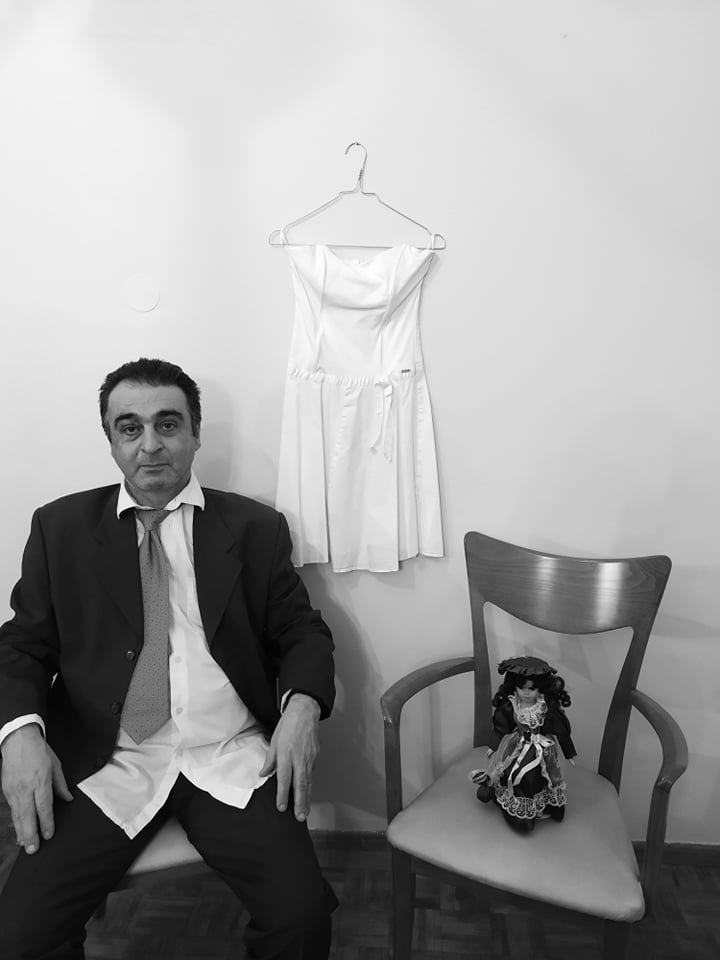Writing as a way of learning about yourself
The way we document the events of our lives has changed from a way of saving our private thoughts and memories to an action that is shared with the world. We switched from pen and paper to smartphone cameras and social media. However, there are still benefits to writing in a journal and expressing the mind with pen and paper.
… they said: “stop taking pictures”
Nowadays, with being constantly connected to others through social media, some people tend to think that the events in our lives, our greatest memories, are meant to be seen by other people on the internet. Other people also share pictures of their vacation, so we should do it as well, right? The answer is: it is up to you. The important thing is not to put pressure on yourself. Don’t allow the thought of taking the perfect picture for the internet to distract you from gaining pleasant memories.
Sitting down in the evening and writing in a diary is a good way of raising awareness of your actions throughout the day. Writing about your conversations can help to reflect on your relationships with others. Sometimes, we have to remind ourselves how much impact our environment has on us.
… I think I haven’t done anything today
Through writing regularly, we can also track our productivity and overall, how we are living. Having nothing to write about can mean that we spent a lot of time doing something that might not be worth mentioning, like browsing through the internet for most of the day. We can reflect on that and figure out if it was just procrastination or exhaustion after events or tasks of the past days. Flipping to prior pages is enough to find out. While reading through those entries, we can also see if we spend most of our days living exactly the same or take the necessary time to meet friends, travel and make memories. Writing almost every day that we’ve spent eight to twelve hours working or studying and only having the energy left to lie around afterwards is what makes the contents on social media so interesting to us. Instead of experiencing certain things for ourselves, we rather watch how others do it.
… I’m feeling better now
Writing can be calming and ease the mind. We can be honest with ourselves and let our emotions flow into the paper. As already mentioned, diaries raise our awareness, not only of our actions but also of our feelings. Sometimes, we might think that the issue that is bothering us is not important to us. “Let’s forget it and not bother others with talking about it.” Our diaries will never be bothered. These abstract emotions get a physical form on paper and become visible. If the same issue is mentioned several times, we can do something about it.
The diary gives us the opportunity to learn about what makes us happy, what is overwhelming, and what should be changed in our lives. We get to know ourselves better and that’s why documenting daily events in your diary has way more advantages than sharing it online.
Author: Merve Cevic

